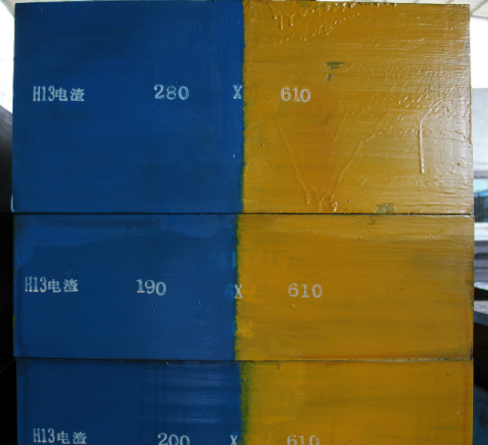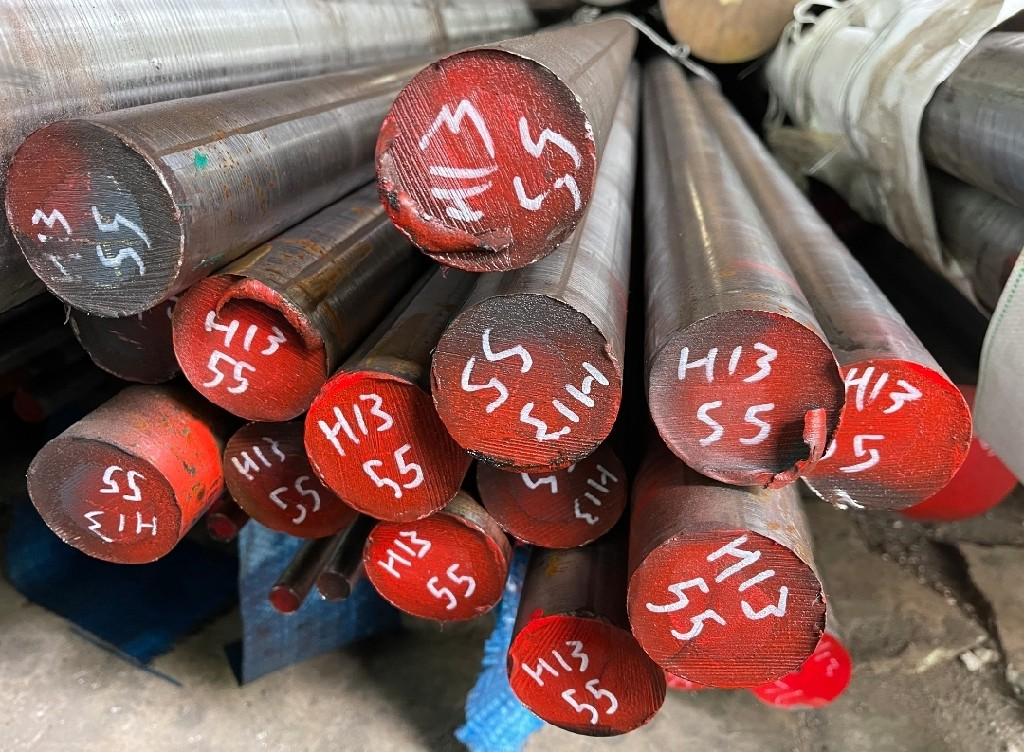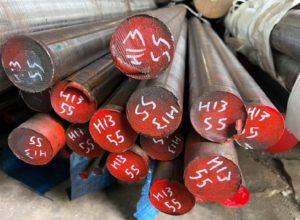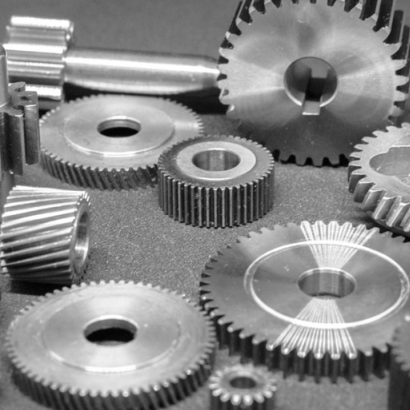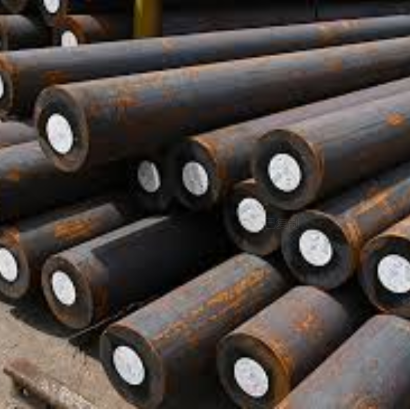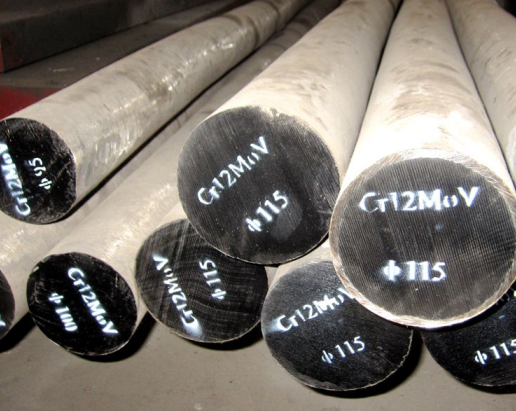heat treatment of H13 die steel
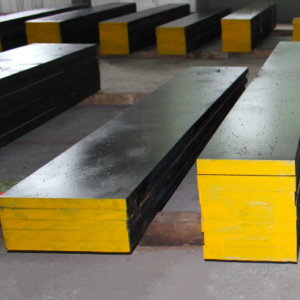
1. Soft spots on the surface of the mold
There are soft spots on the surface of H13 tool/die steel after heat treatment, which will affect the wear resistance of the too/diel and reduce the service life of the die.
(1) Causes
1) There are oxide scale, rust spot and local decarburization on the surface of the mould before heat treatment.
2) After the mold is quenched and heated, the selection of cooling and quenching medium is improper, and the impurities in the quenching medium are too much or aging.
(2) Preventive measures
1) The oxide scale and rust should be removed before the heat treatment of the mould. The surface of the mould should be properly protected during quenching and heating. The mould should be heated in vacuum electric furnace, salt bath furnace and protective atmosphere furnace as far as possible.
2) When the mold is cooled after quenching and heating, the appropriate cooling medium should be selected, and the cooling medium used for a long time should be filtered or replaced regularly.
2. Poor organization of die before heat treatment
The final spheroidizing structure of the die is coarse and uneven, the spheroidizing is not perfect, and there are network, band and chain carbides in the structure, which will make the die easy to produce cracks after quenching and cause the die to be scrapped.
(1) Causes
1) There is serious carbide segregation in the original structure of die steel.
2) Poor forging process, such as too high forging heating temperature, small deformation, high stop forging temperature, slow cooling rate after forging, makes the forging structure coarse and has network, band and chain carbide, which is difficult to eliminate during spheroidizing annealing.
3) Poor spheroidizing annealing process, such as too high or too low annealing temperature and short isothermal annealing time, can cause uneven microstructure or poor spheroidizing.
(2) Preventive measures
1) Generally, H13 die steel with good quality should be selected according to the working conditions of the die, the production batch and the strength and toughness of the material itself.
2) In order to eliminate the inhomogeneity of network and chain carbides and carbides in raw materials, the forging process is improved or normalizing heat treatment is adopted.
3) Solution refining heat treatment can be used for high carbon die steel with severe carbide segregation which can not be forged.
4) To make correct spheroidizing annealing process specification for forged die blank, quenching and tempering heat treatment and rapid uniform spheroidizing annealing can be used.
5) Reasonable charging can ensure the temperature uniformity of mould billet in the furnace.
3. Quenching crack of mould
The crack of H13 die steel after quenching is the biggest defect in the process of die heat treatment, which will scrap the processed die and cause great loss in production and economy.
(1) Causes
1) There is serious network carbide segregation in H13 die steel.
2) There are mechanical or cold plastic deformation stresses in the die.
3) Improper operation of mold heat treatment (too fast heating or cooling, improper selection of quenching medium, too low cooling temperature, too long cooling time, etc.).
4) The complex shape, uneven thickness, sharp angle and threaded hole of the die result in excessive thermal stress and microstructure stress.
5) Overheating or overburning occurs when the heating temperature of die quenching is too high.
6) Tempering is not timely or holding time is not enough after quenching.
7) When the die is repaired and quenched, it is reheated and quenched again without intermediate annealing.
8) The heat treatment of the mould is poor and the grinding process is improper.
9) There are high tensile stress and microcracks in the hardened layer during EDM after heat treatment.
(2) Preventive measures
1) Strictly control the internal quality of raw materials for die steel
2) The forging and spheroidizing annealing processes were improved to eliminate network, band and chain carbides and improve the uniformity of spheroidizing structure
3) The die after machining or cold plastic deformation should be annealed (> 600 ℃) and then quenched.
4) For the mould with complex shape, asbestos should be used to plug the threaded hole, wrap the dangerous section and thin wall, and adopt the step quenching or isothermal quenching.
5) Annealing or high temperature tempering is required when repairing or renovating the mould.
6) The mould should be preheated during quenching and heating, precooling measures should be taken during cooling, and suitable quenching medium should be selected.
7) The heating temperature and time of quenching should be strictly controlled to prevent the die from overheating and overburning.
8) After quenching, the die should be tempered in time, the holding time should be sufficient, and the high alloy complex die should be tempered 2-3 times.
9) Choose the right grinding process and grinding wheel.
10) The die EDM process was improved and stress relief tempering was carried out.
4. The structure of the die is coarse after quenching
After quenching, the structure of the die is coarse, which will seriously affect the mechanical properties of the die. When the die is used, it will fracture and seriously affect the service life of the die.
(1) Causes
1) The actual quenching temperature of die steel is far lower than that of required die material (for example, GCr15 steel is regarded as 3Cr2W8V steel).
2) The correct spheroidizing process was not carried out before quenching of die steel, resulting in poor spheroidizing structure.
3) The heating temperature of die quenching is too high or the holding time is too long.
4) If the mould is not placed properly in the furnace, it is easy to overheat in the area near the electrode or heating element.
5) For the die with large cross-section variation, improper selection of quenching and heating process parameters leads to overheating at thin cross-section and sharp corner.
(2) Preventive measures
1) The steel products should be inspected strictly before they are put into storage to prevent them from being mixed up.
2) Correct forging and spheroidizing annealing should be carried out before quenching to ensure good spheroidizing structure.
3) The quenching and heating process specification should be established correctly, and the quenching and heating temperature and holding time should be strictly controlled.
4) Check and calibrate the temperature measuring instrument regularly to ensure the normal operation of the instrument.
5) When the mould is heated in the furnace, it should keep a proper distance from the electrode or heating element.
